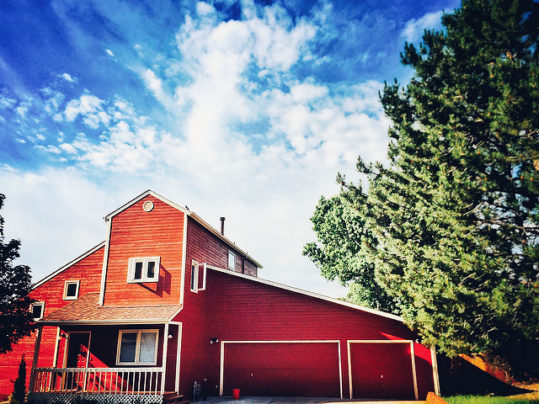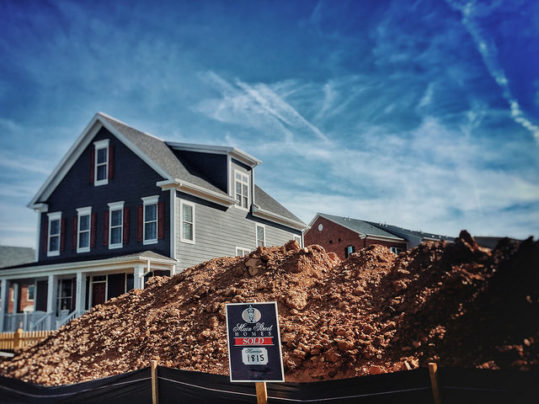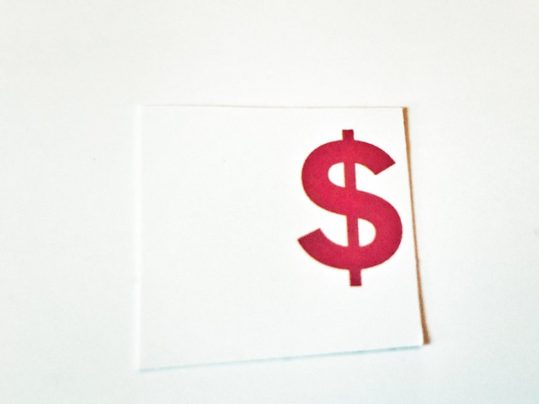Sales of previously owned homes increased 24.7 percent in July, according to new numbers from the National Association of Realtors. Combined with June’s 20.7 percent gain, the improvement pushed sales nearly 9 percent higher than they were last year at the same time. Lawrence Yun, NAR’s chief economist, says the housing market is booming. “The housing market is well past the recovery phase and is now booming with higher home sales compared to the pre-pandemic days,” Yun said. “With the sizable shift in remote work, current homeowners are looking for larger homes and this will lead to a secondary level of demand even into 2021.” But while there’s no shortage of interested buyers, there is a shortage of available homes. In fact, the number of homes for sale is now 21.1 percent lower than one year ago, and the imbalance is pushing prices higher. In fact, the national median home price passed $300,000 for the first time ever in July, rising to $304,100 from 280,400 last year at the same time. (source)
July Buyers Send Home Sales Skyrocketing











